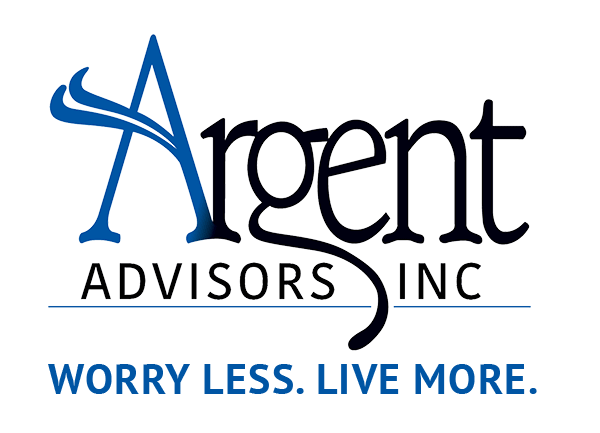The Truth About Reverse Mortgages
Even the most expensive lifeboat is a bargain when your ship is sinking.
About 10,000 baby boomers turn 65 every day in America. That trend started in 2011 and will continue through 2030. The baby boom generation makes up about one fourth of our population. We are in the midst of the Great Graying of America and we are only about halfway through that process.
Unfortunately, most retirees haven’t done so well saving for retirement. According to the Government Accounting Office, the average retiree has less than $150,000 of any kind in savings.
On the plus side, most retirees own their own home, with three fourths of those owning it mortgage-free. Ah ha! That’s where all that money has been going! Well, that and the mid-life crisis Harley, the just-turned 55 cruise and the major interior design update brought on by the Jones doing the same thing a couple years ago.
So here we’ve got house rich and cash poor baby boomers, sitting around in their paid-for house, wondering where their retirement income is going to come from. Heeeyyyy, wait a minute…
Enter the reverse mortgage.
You know what a traditional “forward” mortgage is: you buy a home with someone else’s money, and you pay them back a month at a time, with interest, over a looooong period of time.
The reverse mortgage works just the same, only backwards. I know that’s kind of confusing.
If you qualify (now that’s a big if), a lending institution (a bank or a mortgage company) will actually lend you money, based on the value of your house. And depending on how you decide to structure the deal, you can borrow a lump sum up front, you can set up a line of credit that you only tap into when you need it, or you can actually get a monthly check, just like a pension plan, guaranteed to come to you for the rest of your life. And the life of your spouse as well, if you choose that option.
Oh, and the money that they pay you is actually a loan to you, so there’s no income tax due on the money as you receive it.
Well, dang, why aren’t they lined up around the corner applying for these things?
Well first, you’ve got to qualify. You’ve got to be 62 years old or older, own your home outright (now no mortgage, or agree to pay it off) and guess what – they’re not going to give you this money for free. Current interest ranges can be in the 4 and 5 percent interest rates range.
Now, even if the lender messes up his calculations and loans you “too much” money, you can never owe back to the institution more than the value of your home. But make no mistake about it, once you are gone (or once you sell your house), the lender has the first lien on that house and is going to get their money back – at interest.
Reverse mortgages are really a very clever idea. You take a large group of people whose most significant asset is their home and whose most pressing need is for income, and you figure out a way for one to create the other.
I think time and competition will see the positive evolution of reverse mortgages. They didn’t start out being such a great deal on paper (they were just too expensive for a while), but each year brings progress. They’re much better now than they used to be, and I think that trend is going to continue.
But you probably don’t do a reverse mortgage because it’s a saavy financial strategy. You do it because you need more retirement income and there’s simply no other way to provide it.
Keep in mind that the older you are when you start a reverse mortgage, the higher your income is going to be (as the lender doesn’t have to count on paying you a check for life for quite as long). What do know, an advantage coming with aging.
Consider a reverse mortgage in the context of an overall financial plan and comparing it to all your other options. It’s not one of those things that “everybody” either should do or shouldn’t do.
It’s just a tool. In some cases, it might be kind of an expensive tool.
But one that can be priceless if it becomes useful at just the right time.
Offering you Wisdom on Wealth, I’m Byron Moore.
Argent Advisors, Inc. is an SEC-registered investment adviser. A copy of our current written disclosure statement discussing our advisory services and fees is available upon request. Please See Important Disclosure Information here.

